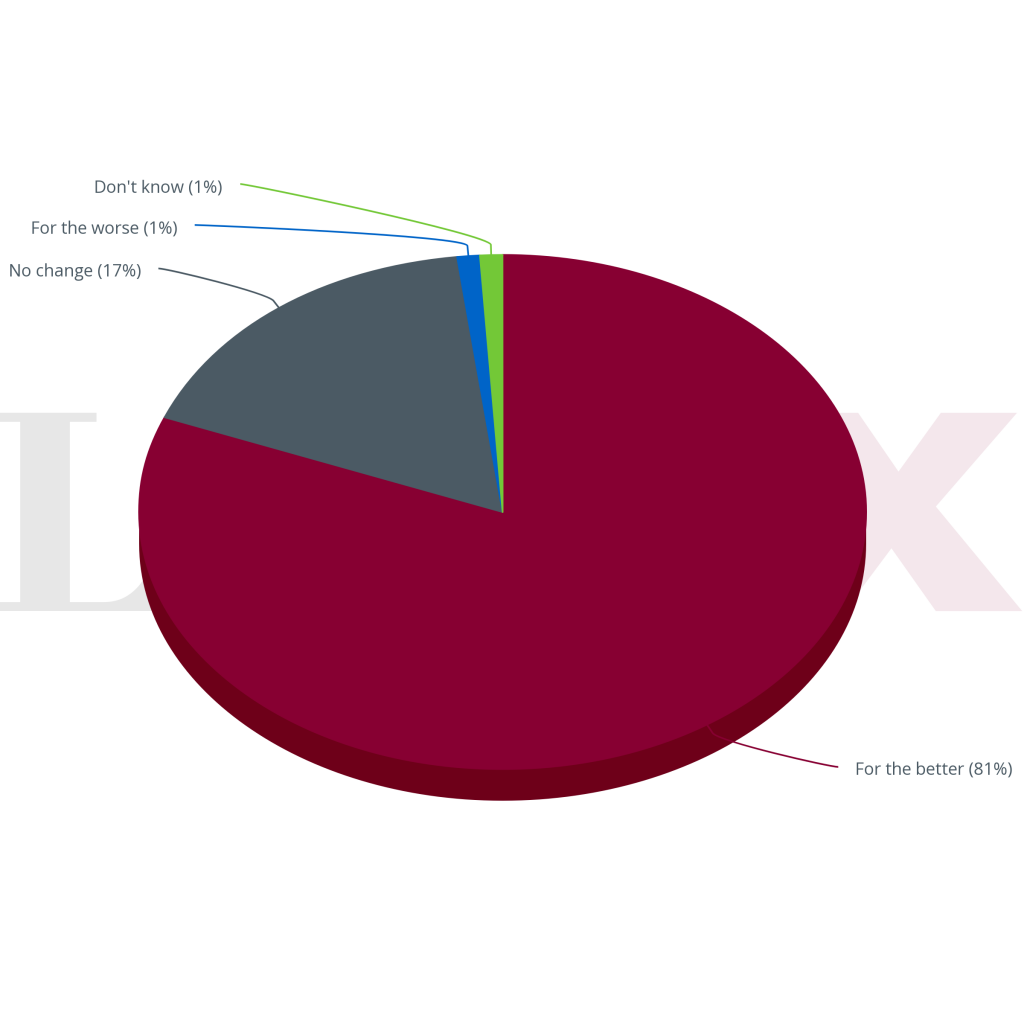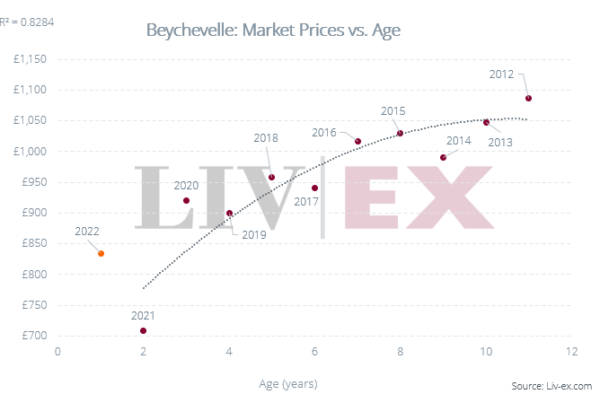The present reality we are all living in is moving both consumers and businesses online, with the need for technology facilitating even the most mundane processes increasingly appreciated.
The wine industry has long taken pride in its traditions, be it the romanticised idea of tasting wine, vineyard tourism or the special relationship between clients and producers. But recent events have put a temporary halt on these activities and have heavily disrupted the way many wine merchants go about their daily business.
Thoughts are rapidly turning towards technology. For a while merchants have believed that the industry was ready for innovation; a Liv-ex survey in January 2020 showed that 81% of our merchant members expected that technology will change the way they do their business for the better. One wine merchant expressed that the industry needs to “keep up with the faster world”. Meanwhile, the wine think tank Fine Minds 4 Fine Wines (FM4FW) suggested in a 2019 report that, “even wine can’t stave off technology forever – nor can it afford to”. Those words look particularly pertinent just months later.
How is technology going to change the wine industry?

Our report, The future of wine trading, explored the different ways in which five innovations in digital technology are already changing our industry. One of them, that feels particularly relevant nowadays, is the move to buying and selling wine online.
Electronic trading has enabled higher volumes of trades in customised ways that were not possible when phoning merchants was the default option of sourcing wine. A key advantage of buying and selling wine online is that geography is not a determining factor and interaction between traders and systems is continuous and multilateral. The Liv-ex platform currently has over £50million of LIVE opportunities with sellers keen to reach a wider global audience of buyers tempted to the screen by currency fluctuations and growing consumer demand.
More recent developments, like the adoption of APIs, have benefitted even further those wine merchants who’ve embraced automated trading. They have empowered their customers too, who can buy more broadly and make more informed decisions.
Businesses of different shapes and sizes have implemented automation, using APIs, to share Liv-ex data with their customers, bring accurate prices into their own systems, increase their offering and grow their sales, offer private client storage digitally or instruct shipping instantly.
Our merchant members who trade automatically sell over twice the volume, at an 8.8% higher price, without any additional admin or listing costs.
In our survey about the future of wine trading, the majority of merchants suggested that automation would be the way forward. The future seems to be arriving early as merchants step up their pace of adoption. Automated trading has seen a recent uptick in usage, with the number of members starting to automate parts of their processes currently on the rise. To find out how automation can help your wine business, you can request a call with our experienced consultants on this page.
You can download our full report on The future of wine trading and find out about the other ways in which technology is transforming the industry by filling the form below.





